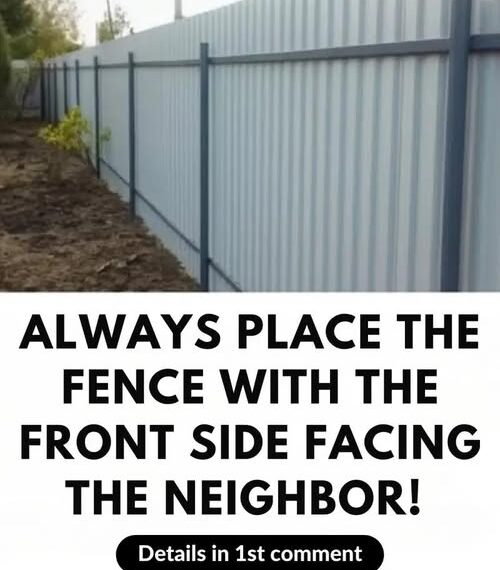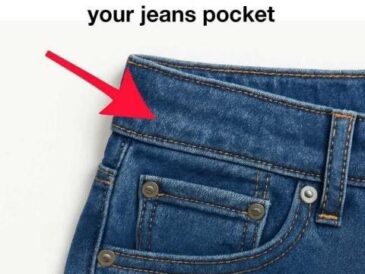When installing a fence, most homeowners focus on its height, material, and color. But there’s one small detail that often gets overlooked — which way the “good side” of the fence should face. If you’re building a traditional wood privacy fence, it’s not just a matter of aesthetics. You should always place the front (finished) side of your fence facing your neighbor. Here’s why — and what could go wrong if you don’t.
🪵 What Do We Mean by “Front” of the Fence?
The “front” of a fence is the smooth, finished side. It’s the one with the clean panels and no visible posts or rails. The “back” of the fence usually shows the structural elements: posts, rails, and horizontal supports.
In most fencing designs — especially stockade, board-on-board, or shadowbox styles — the finished side is meant to face outward.
✅ Top Reasons to Face Your Fence Forward
1. It’s a Matter of Courtesy and Goodwill
Facing the “good side” toward your neighbor shows respect. It tells your neighbors you care about the shared space and want to maintain a positive relationship.
🧠 Think about it: would you like to look out your window and see the ugly backside of someone else’s fence?
Small gestures like this go a long way in building friendly neighborhood vibes — and can prevent years of silent tension or worse, property disputes.
2. It May Be Required by Local Laws or HOA Rules
Many municipal building codes or homeowners’ associations (HOAs) require the finished side of the fence to face outward. Ignoring this rule can result in:
- Fines or penalties
- Orders to tear down or flip the fence
- Legal complaints from neighbors
📜 Example: In Portland, Oregon, the city’s residential fencing code clearly states that the “finished side” of any fence must face outward toward adjacent properties.
Always check with your local zoning department or HOA guidelines before building.
3. Better Curb Appeal = Higher Property Value
The side of your fence that faces the street or your neighbor contributes to your home’s curb appeal. A fence with a finished, attractive front can:
- Improve resale value
- Make your yard look larger and more polished
- Create a good first impression for visitors or buyers
On the other hand, exposing the raw structural side can make your yard look unfinished or even unfriendly.
4. Increases Security and Safety
Ironically, the “bad” side of the fence — the one with the rails and supports — makes it easier to climb. By facing that side inward, you’re reducing access points for:
- Trespassers
- Thieves
- Curious animals or kids
So while it might not seem like a big deal, the orientation of your fence can add a layer of passive security.
5. Legal Ownership and Boundaries Are Clearer
Facing the good side outwards makes it easier to identify who owns the fence. This becomes important if:
- A neighbor wants to attach something to the fence
- Disputes arise over property lines
- Repairs are needed in the future
🧱 Rule of thumb: You own the fence if the posts are on your side of the property line.
Making the finished side face outward makes it less confusing for everyone.
❌ What Happens If You Face the Ugly Side Toward Your Neighbor?
You might save a little time or money in the short term, but you could be asking for trouble:
TO CONTIUE READING THE ARTICLE PLEASE SEE PAGE 2




